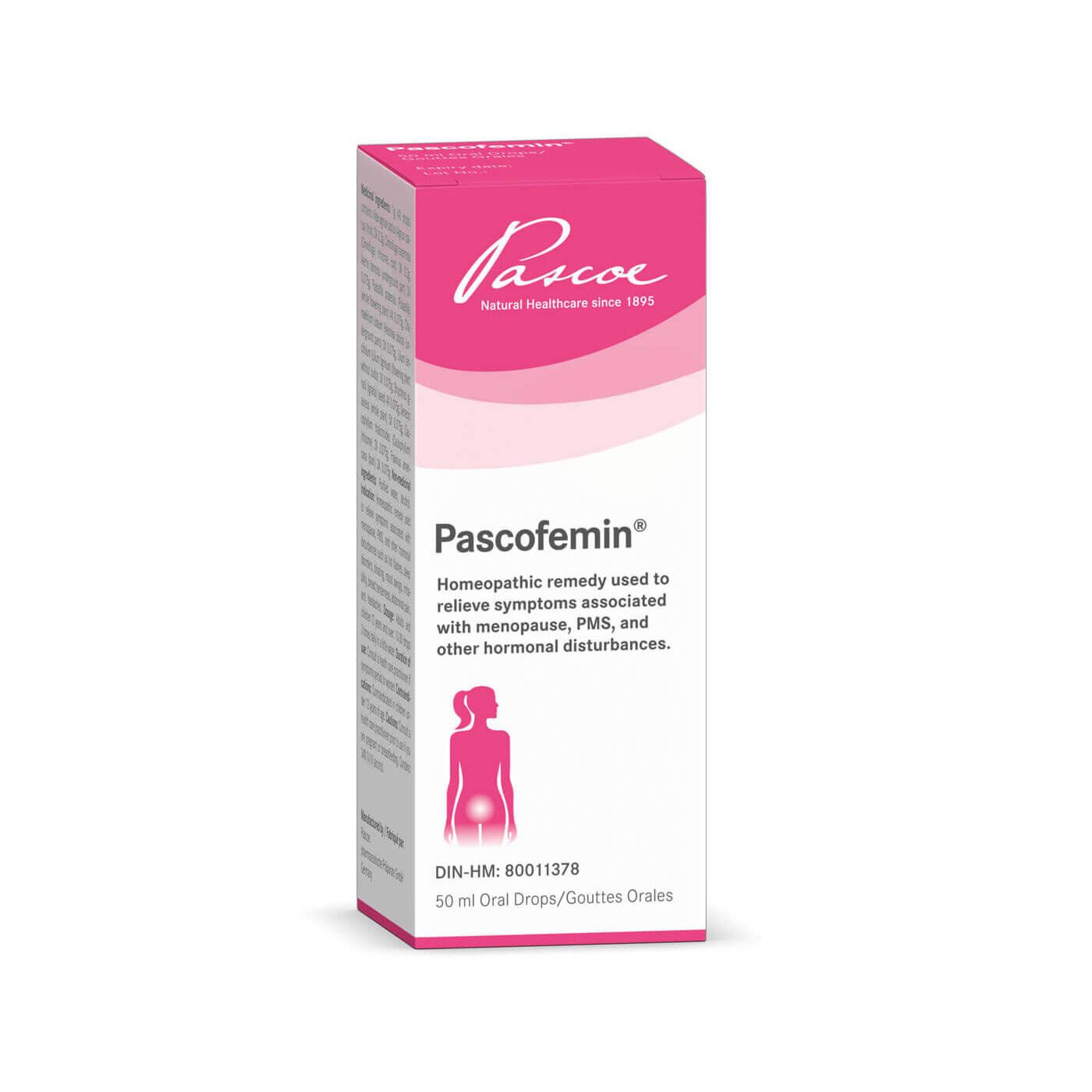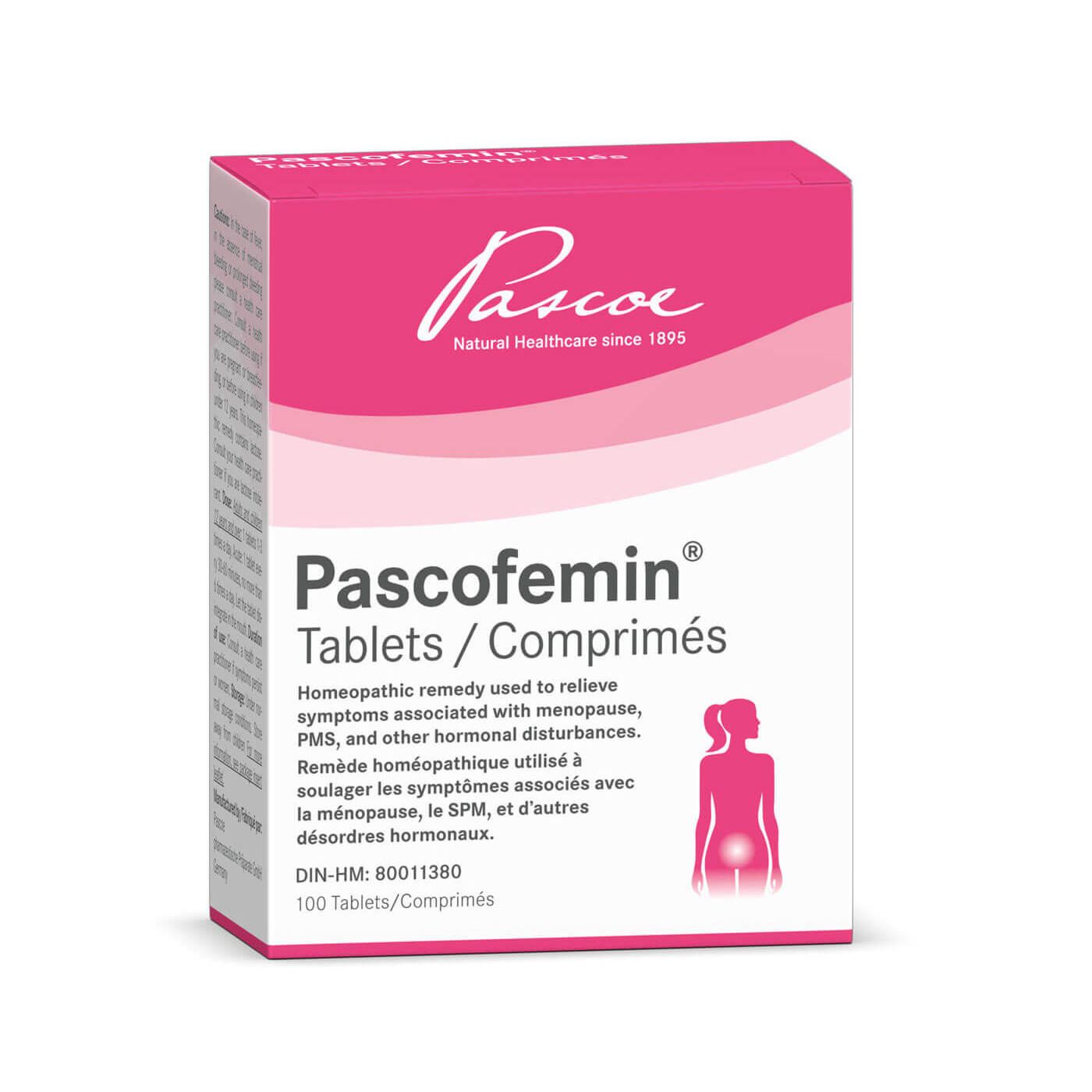Eating to Support Your PCOS
Polycystic ovarian syndrome (PCOS) is a lifelong diagnosis. There are four designated types of PCOS, all with different challenges and requirements, but the best place to start is establishing a balanced diet. By adapting a balanced diet, we can control symptoms and work within the diagnosis.
PCOS is characterized by the development of cysts on the ovaries and the disruption of the functioning of these vital sex organs and the hormones, or messengers, they produce. Cysts produce a group of hormones called androgens. Many other diagnoses are often ruled out first to be classified as PCOS. The most common presenting symptoms, however, are hyperandrogenism (presenting as an excess of male hormone), anovulation or difficulty ovulating leading to longer menstrual cycles, and polycystic ovaries.
High androgen levels (excess testosterone in particular), cause unwanted hair growth (hirsutism), cystic acne and thinning hair. Anovulation is often caused by an excess of estrogen. The lining of the uterus thickens to the point that it outweighs the ability of progesterone to respond. Progesterone can’t trigger shedding and menstrual periods don’t occur as regularly.


The symptoms of PCOS can appear similar to perimenopause. However, reaching menopause will not end the struggle with PCOS. In postmenopause, this hormonal dysregulation will continue, and is all the more reason to learn how to cope with it right away.
Insulin resistance can be a huge contributor to PCOS. Even for lean women with PCOS, these nutritional guidelines will be beneficial. The results of these adjustments may not be as dramatic, but in all PCOS women, the ovaries are more sensitive to insulin excess compared to women without PCOS. While diet is not the solitary solution to mitigating symptoms, it is at the forefront of managing all types of PCOS.
Managing Symptoms
To live with PCOS, we must learn to manage the diagnosis and reduce symptoms. PCOS can interact with the thyroid, ovaries, and adrenals, cause insulin resistance and increase inflammation. It requires a holistic approach. We need to establish a healthy, low-stress environment and a balanced diet. Achieving this can be complicated and time-consuming.
The most characteristic symptoms of PCOS include missed periods, hirsutism, weight gain, acne, thinning hair, and infertility. Additional commonly experienced symptoms of hormonal imbalance include, mood swings, irritability, breast tenderness, bloating, headache, abdominal pain and cramping. With PCOS, the abundance of symptoms can be overwhelming to try to handle. Unmanaged PCOS can lead to infertility, chronic pain, hair loss, high estrogen levels and the risk of developing endometrial cancer.
Mindful Nutrition
A well-balanced diet requires adequate protein and healthy fat for satiety and hormone support, as well as a diverse array of organic vegetables and whole grains for phytonutrients and fibre. Focus instead on the foods that you can eat. Being given a list of foods to avoid can feel limiting and discouraging.
Protein and healthy fats are satiating, as they are slower burning energy sources. By combining simpler forms of sugar (simple carbohydrates, dairy and sugar) with fibre, we can also slow the usage of food for energy. By eating your apple with the skin on and opting for complex carbohydrates, we can slow the burn of these otherwise quicker burning energy sources and reduce the corresponding insulin spike.
Satiation depends on a food's water content, amount of fibre and grams of protein. A food that sounds counterintuitive is potato. While we don’t want to fill our diet with only potatoes, they do rank high in satiety. Eating a balanced diet, with some baked potatoes, can be doable on a PCOS diet.
Our fear of carbohydrates complicates things and metrics like the glycemic index are misaligned with PCOS. With PCOS, insulin resistance is a prominent player. Insulin resistance develops when our cells have become inundated with glucose, dysfunction occurs and they no longer respond appropriately to the glucose in our bloodstream. It is the cell’s responsibility to take up this glucose for energy.
Supporting Insulin Response
Instead of cutting carbohydrates or only eating low glycemic foods, the focus should be on re-establishing insulin responsiveness. By reducing how often we ask the body for insulin, we can re-sensitize this blood sugar balancing hormone and have it fire more efficiently again.
Lists can be helpful once you’ve established a well-rounded and satiating diet. Once we support satiety and hormones with ample non-starchy vegetables and fibre, adequate protein and healthy fats (a thumb sized serving per meal), we can address a list of “foods to avoid”. Women with PCOS can work with a Food Insulin Demand (FID) index.
Insulin secretion is not limited to carbohydrates. The glycemic index doesn’t account for the blood sugar hormone response to protein foods. Protein falls low on the glycemic index but is not always low on the Food Insulin Index (FII), meaning that while blood sugar may not rise, insulin is still affected.
Food Insulin Index
Prominent diabetes researcher, Kristine Bell, originated the idea of “food insulin demand”. FID monitors the spike in insulin that comes as a response to a particular food based on a specified serving size. Toronto-based naturopathic doctor and author of 8 Steps to Reverse Your PCOS, Dr. Fiona McCulloch, asserts that observing FID values when working with PCOS is at the root of symptom management. Insulin resistance is the leading cause of PCOS-related weight gain and contributes heavily to hormone dysfunction. Eating a low glycemic diet means cooperating with a state of dysfunction, but monitoring FID works to reverse the dysfunction.
When and What to Eat
The body responds best to insulin earlier in the day. Foods that rank high in FID are, therefore, best eaten earlier in the day.
To support a PCOS diagnosis, each meal should contain lots of non-starchy vegetables (50% of your plate), adequate-protein for your body type (roughly 25% of your plate), no more than 25% complex carbohydrates and some healthy fats (between a thumb-sized amount to a ¼ avocado serving). While also being mindful of satiating foods and the Food Insulin Demand list. Re-sensitizing our insulin response can take time but is a necessary course of action for managing the diagnosis for the long haul.
Stress is a major factor also. To balance sex hormones, we need to reduce cortisol levels. A healthy approach is a holistic approach. Work to reduce stress by adopting meditation and mindfulness practices to still your mind and slow down in a busy world.
References:
https://www.hopkinsmedicine.org/health/conditions-and-diseases/polycystic-ovary-syndrome-pcos
https://factbasedhealth.com/food-insulin-index-pcos-metabolic-health/
8 Steps to Reverse Your PCOS by Dr. Fiona McCulloch
Disclaimer
Pascoe Canada does not offer health or medical advice as we are not a healthcare practitioner. Please speak with your healthcare practitioner before beginning any program related to nutrition, diet, exercise, fitness, medical, and/or wellness. All content published by Pascoe Canada is developed through collaborating with licensed medical professionals and contributors. This includes text, graphics, images, and other material on the website, newsletter, and products (“Content”). This content is for informational purposes only and does not constitute medical advice. The content does not substitute professional medical advice, diagnosis, or treatment. Please always do your own research on whether this is for you along with your healthcare practitioner advice. Always consult your healthcare practitioner prior to using specific herbs because you might have underlying conditions that need professional care. The content is general in nature and is subject to change. It is not intended to cover all possible uses, directions, precautions, warnings, drug interactions, allergic reactions, or adverse effects.




